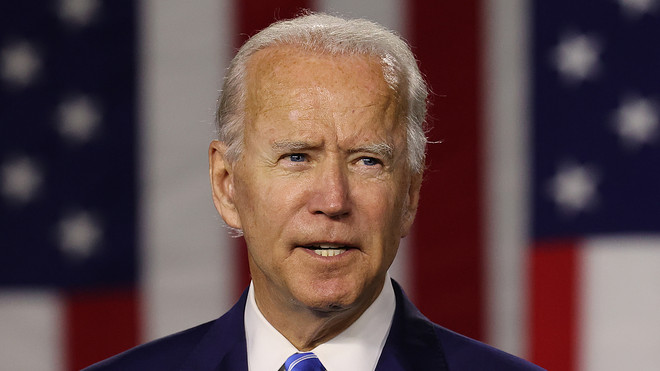Forget about teaching kids the value of compound interest by escorting them to a local bank and helping them deposit their birthday money. These days, youngsters are picking stocks as if they’re mini-Warren Buffetts.
On the Greenlight platform, which caters to families, kids under 18 invested $ 13.4 million in 2022 and made 386,382 trades, up from $ 10.5 million under management and 355,421 trades in the prior year. Kids saved more than $ 116 million, and all together, families and kids had more than $ 1.34 billion under management with Greenlight, which charges $ 9.98 per month for access to the tier that allows trading.
The most popular buys, in order: Apple AAPL, -0.28%, Vanguard’s 500 Index Fund ETF VOO, +0.56%, Amazon AMZN, +1.74%, Tesla TSLA, -1.76% and Microsoft MSFT, +0.23%.
These same picks were mirrored at Stockpile, a similar platform that allows investing accounts for kids and offers fractional trading, access to crypto and savings features, starting at $ 4.95 per month. The top picks for kids in 2022 were: Apple, Tesla, Amazon, Disney DIS, +1.55% and the same Vanguard S&P 500 index fund.
The most popular stocks in Stockpile’s adult accounts were slightly more speculative: Tesla, Amazon, Apple, Google GOOG, +1.76% and Microsoft.
Fidelity, which has a youth account that allows teens to trade in an account without a monthly subscription fee, says its users are also following adult stock picks “with blue-chip securities and index funds representing the majority of trading activity.”
Wait, kids can trade stocks?
Kids can’t technically invest in stocks on their own until they turn 18, but they can trade through platforms in shared accounts with their parents. Greenlight’s account, for instance, is a standard brokerage account in the parents’ name, not a bank account under the Uniform Gift to Minors Act (UGMA), which would pass to the child at age 18 or 21, depending on the state. Stockpile’s account is a joint brokerage account that does transfer after the age of majority.
Trades by kids are typically subject to parental approval, but Fidelity’s youth account, for one, lets teens 13 to 17 place orders without consulting first. Still, parents have access to the account and can supervise.
Another thing parents will want to note is that no matter the account type, all investment earnings are subject to income tax under “kiddie tax” rules. That means for kids under 18 in 2022, the first $ 1,150 of unearned income is untaxed, the next $ 1,150 is taxed at the child’s rate and anything over $ 2,300 is taxed at the parents’ rate.
So if your kid is racking up big wins trading meme stocks with babysitting proceeds and had a really good year (despite the S&P 500 SPX, +0.59% being in a bear market), then you might have to foot quite a tax bill. Kiddie tax rules are complicated, so you might want to consult a tax professional for help to know if you need to file a return for your child or if they can be included on your return.
If your child has earned income from any kind of job, though, it might be more tax- and fee-efficient to open a Roth IRA for minors instead, which would not be subject to monthly access fees. Those accounts are in the name of a parent until the child turns 18, typically, and can be invested. Not only would the growth be tax-free, but when it comes time for college, you don’t have to report retirement accounts on the Free Application for Federal Student Aid (Fafsa).
Why VOO for kids?
One of the most asked questions kids ask about investing is “how do I get started,” says Tim Sheehan, co-founder and CEO of Greenlight.
On all the investing platforms aimed at kids, there are educational resources and learning programs. At least some of it seems like it’s getting through, by evidence of a top S&P index fund being among the popular individual stocks that usually get all the attention.
The best first step in investing is always to define your goals, because you have to know why you’re putting money in the market before you can decide the best way to position it.
“Your goals are going to drive the investment vehicles you need and how much risk you take. It’s essential that we ask that question first,” says Gary Mottola, director of research of the Finra foundation, which is associated with the financial-regulatory agency.
Finra recently released a report about the “risky behavior” of investors 18 to 34, who are trading options, buying on margin and investing in cryptocurrency in greater numbers than their older counterparts.
That’s why it’s comforting to know that a broad-based index fund is in the sights of the youngest investors, as they are guided in baby steps by their parents and platforms designed especially for them. Kids have a long investing horizon, and they should be thinking about how to grow their money safely.
Buying and holding blue-chip stocks is one strategy, but seems riskier than needed in the current environment, especially if you’re, say, 14.
In contrast, “ETFs are a great way to diversify your portfolio,” says Greenlight’s Sheehan. “VOO also includes many companies that teens are typically already interested in, like Apple, Microsoft and Amazon, so it’s a good way for parents to encourage diversification while still focusing on companies teens know.”
Got a question about the mechanics of investing, how it fits into your overall financial plan and what strategies can help you make the most out of your money? You can write me at beth.pinsker@marketwatch.com.

